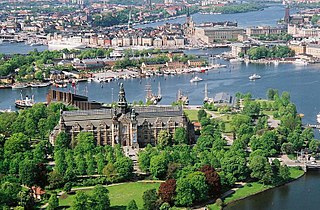
Källunge is a populated area, a socken, on the Swedish island of Gotland. It comprises the same area as the administrative Källunge District, established on 1 January 2016.

Akebäck is a populated area, a socken, on the Swedish island of Gotland. It comprises the same area as the administrative Akebäck District, established on 1 January 2016.

Ardre is a populated area, a socken, on the Swedish island of Gotland. It comprises the same area as the administrative Ardre District, established on 1 January 2016. It is most noted for the Viking Ardre image stones found under the floor boards of the Ardre Church.
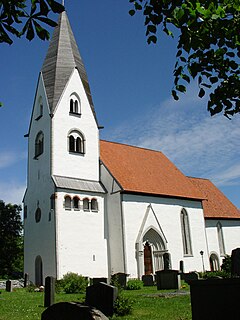
Stenkumla is a populated area, a socken, on the Swedish island of Gotland. It comprises the same area as the administrative Stenkumla District, established on 1 January 2016.

Öja is a populated area, a socken, on the Swedish island of Gotland. It comprises the same area as the administrative Öja District, established on 1 January 2016.

Vänge is a populated area, a socken, on the Swedish island of Gotland. It comprises the same area as the administrative Vänge District, established on 1 January 2016.
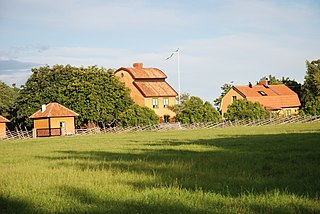
Östergarn is a populated area, a socken, on the Swedish island of Gotland. It comprises the same area as the administrative Östergarn District, established on 1 January 2016.

Väte is a populated area, a socken, on the Swedish island of Gotland. It comprises the same area as the administrative Väte District, established on 1 January 2016.

Hörsne-Bara is a populated area, a socken, on the Swedish island of Gotland. Formerly two sockens, Hörsne and Bara, Bara was merged with Hörsne under the name Hörsne socken or Hörsne with Bara socken, It comprises the same area as the administrative Hörsne-Bara District, established on 1 January 2016.

Ala is a populated area, a socken, on the Swedish island of Gotland. It comprises the same area as the administrative Ala District, established on 1 January 2016.
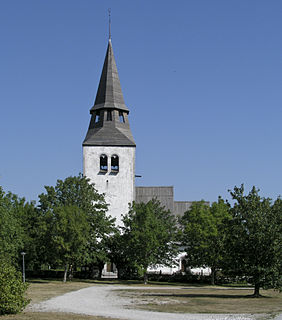
Anga is a populated area, a socken, on the Swedish island of Gotland. It comprises the same area as the administrative Anga District, established on 1 January 2016.

Atlingbo is a populated area, a socken, on the Swedish island of Gotland. It comprises the same area as the administrative Atlingbo District, established on 1 January 2016.

Eke is a populated area, a socken, on the Swedish island of Gotland. It comprises the same area as the administrative Eke District, established on 1 January 2016.

Ekeby is a populated area, a socken, on the Swedish island of Gotland. It comprises the same area as the administrative Ekeby District, established on 1 January 2016.

Eksta is a populated area, a socken, on the Swedish island of Gotland. It comprises the same area as the administrative Eksta District, established on 1 January 2016.

Etelhem is a populated area, a socken, on the Swedish island of Gotland. It comprises the same area as the administrative Etelhem District, established on 1 January 2016.

Gammelgarn is a populated area, a socken, on the Swedish island of Gotland. It comprises the same area as the administrative Gammelgarn District, established on 1 January 2016.

Gerum is a populated area, a socken, on the Swedish island of Gotland. It comprises the same area as the administrative Gerum District, established on 1 January 2016.
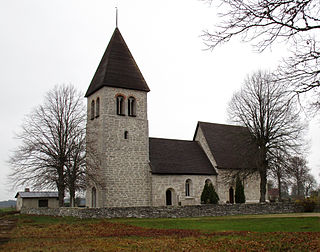
Guldrupe is a populated area, a socken, on the Swedish island of Gotland. It comprises the same area as the administrative Guldrupe District, established on 1 January 2016.
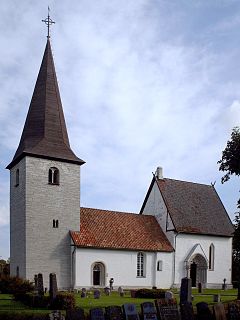
Halla is a populated area, a socken, on the Swedish island of Gotland. It comprises the same area as the administrative Halla District, established on 1 January 2016.



























